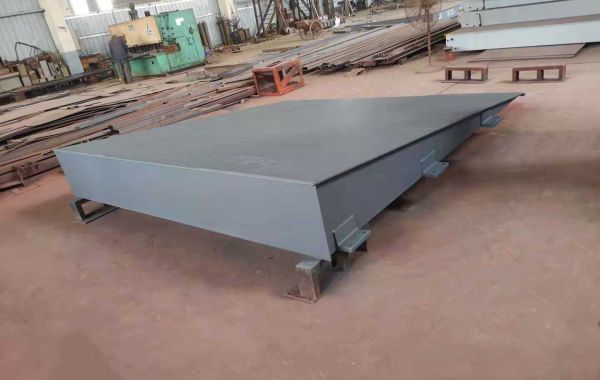While they offer a practical solution, weighbridges with steel slopes introduce a unique set of safety considerations. Let's explore these potential risks and best practices to promote a safe environment for everyone using these weighbridge systems.
Understanding the Hazards of Steel Slopes on Weighbridges:
Slippery Surfaces: Steel, especially when wet or icy, can become a treacherous surface. This poses a significant slipping hazard for drivers and workers who need to access the weighbridge platform.
Fall Risks: The sloped design of steel ramps can increase the risk of falls, particularly for those who may not be sure-footed or are carrying heavy objects.
Limited Traction: Heavy vehicles, especially when unloaded, may struggle to gain traction on a steel slope, potentially leading to uncontrolled movement and accidents.
Visibility Issues: Depending on the design, steel slopes can create blind spots for drivers exiting the weighbridge, increasing the risk of collisions with other vehicles or pedestrians.
Prioritizing Safety: Best Practices for Weighbridges with Steel Slopes:
Surface Treatments: Implementing anti-slip coatings or texturing on the steel slopes can significantly improve traction and reduce the risk of slipping.
Signage and Markings: Clear signage warning of potential slipping hazards and weight limitations should be prominently displayed. Additionally, brightly painted markings can enhance visibility on the ramps.
Handrails and Guardrails: Installing sturdy handrails along the sides of the ramps provides additional support and stability for pedestrians accessing the platform. Guardrails can also help prevent vehicles from accidentally rolling off the edges.
Proper Drainage: Ensuring proper drainage of rainwater, snowmelt, and other liquids is crucial to prevent the steel slopes from becoming slippery. This may involve installing drainage channels or grates.
Lighting: Adequate lighting, particularly in low-light conditions, can improve visibility on the weighbridge and surrounding areas, reducing the risk of accidents.
Footwear: Encouraging proper footwear with good tread for workers and drivers using the weighbridge can significantly enhance their grip and stability on the steel slopes.
Driver Training: Providing training to drivers on the safe use of weighbridges with steel slopes, including proper entry and exit procedures, can help minimize risks.
Conclusion:
Weighbridges with steel slopes offer a functional solution, but prioritizing safety is paramount. By implementing these best practices, you can create a safer environment for everyone who utilizes these essential weighing systems. Remember, an ounce of prevention is worth a pound of cure (pun intended) when it comes to weighbridge safety.








